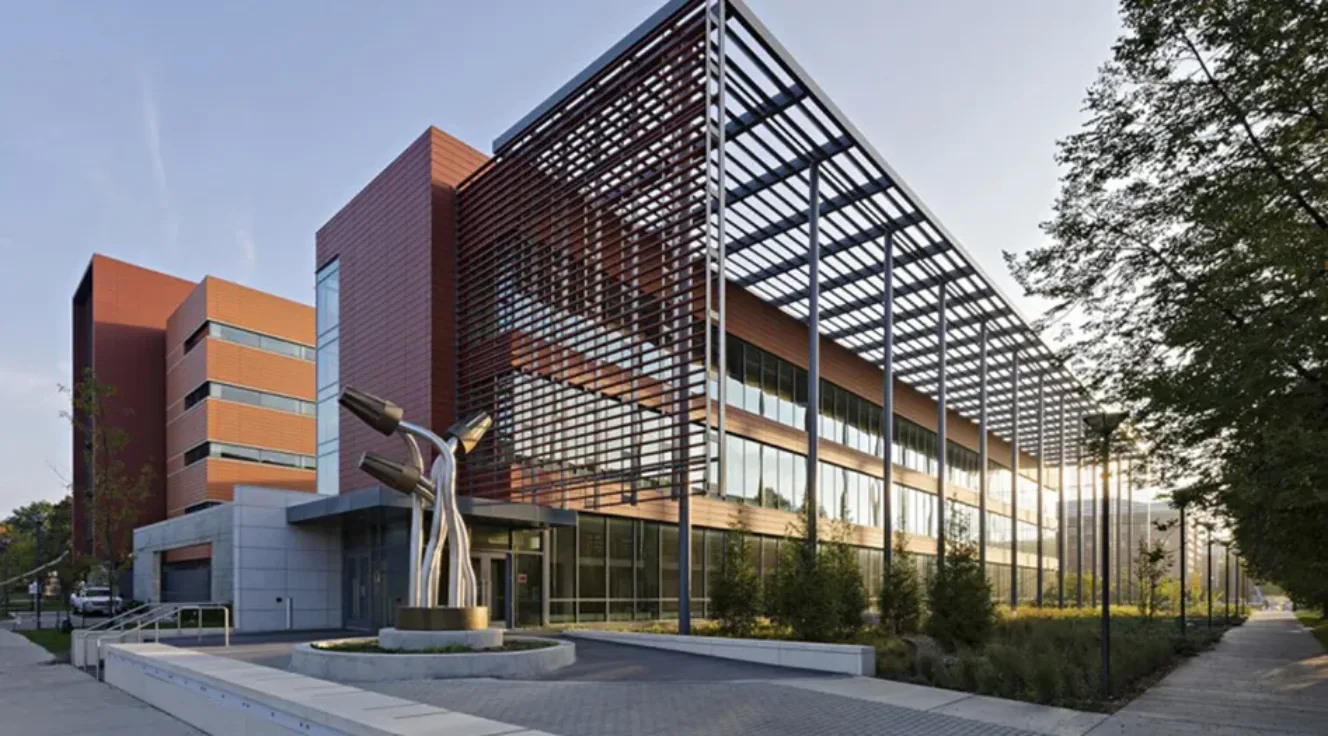About this course
The built environment has a significant impact on our natural resources. There are more than 76 million residential buildings and nearly 5 million commercial buildings in the U.S. today. Each year the construction, renovation, and operation of these buildings consumes 40% of the raw materials, 32% of the total energy produced, 17% of all freshwater use, and 25% of the global wood harvest. Transforming resources into materials and putting them to use in our urban areas results in tens of millions of tons of greenhouse gases, air and water pollution, and wastes. The challenge is to plan for and produce healthy and sustainable urban places, with limited environmental impacts, that use a minimum of nonrenewable energy and produce a minimum of pollution and wastes while increasing the comfort, health, and safety of the people who live and work in them.
This course examines urban sustainability, sustainable design, and the applicability of the latter. The overall goal of the course is to introduce students to sustainable concepts and ideas leading to a greater understanding of our built environment from a global and environmental impact perspective. The concepts taught in the course also provide a greater and deeper understanding of the LEED Rating System and its implications.
This course is online and completely asynchronous, so that students can work at their own pace and fit this course in with other class commitments. There are 10 lesson modules with a quiz for each. There is also a final, comprehensive, online examination that is offered 4 times over the course of the semester.
Each Lesson has been organized according to the specific topics being introduced; however, the Overview of each lesson will always provide you with a list of objectives and activities to be accomplished as you progress through the course.
The initial lessons focus on planning issues: defining sustainability, green rating systems and how they work, site planning and site-related issues, water resources and water efficiency, and resources and materials for sustainability. Subsequent lessons focus on specific systems and components included in LEED: efficient building energy systems, indoor environmental quality, the sustainable design process, and tools and resources for sustainable practice.
Same as UP 480. 2 undergraduate hours. 2 graduate hours.
2 credit hours
